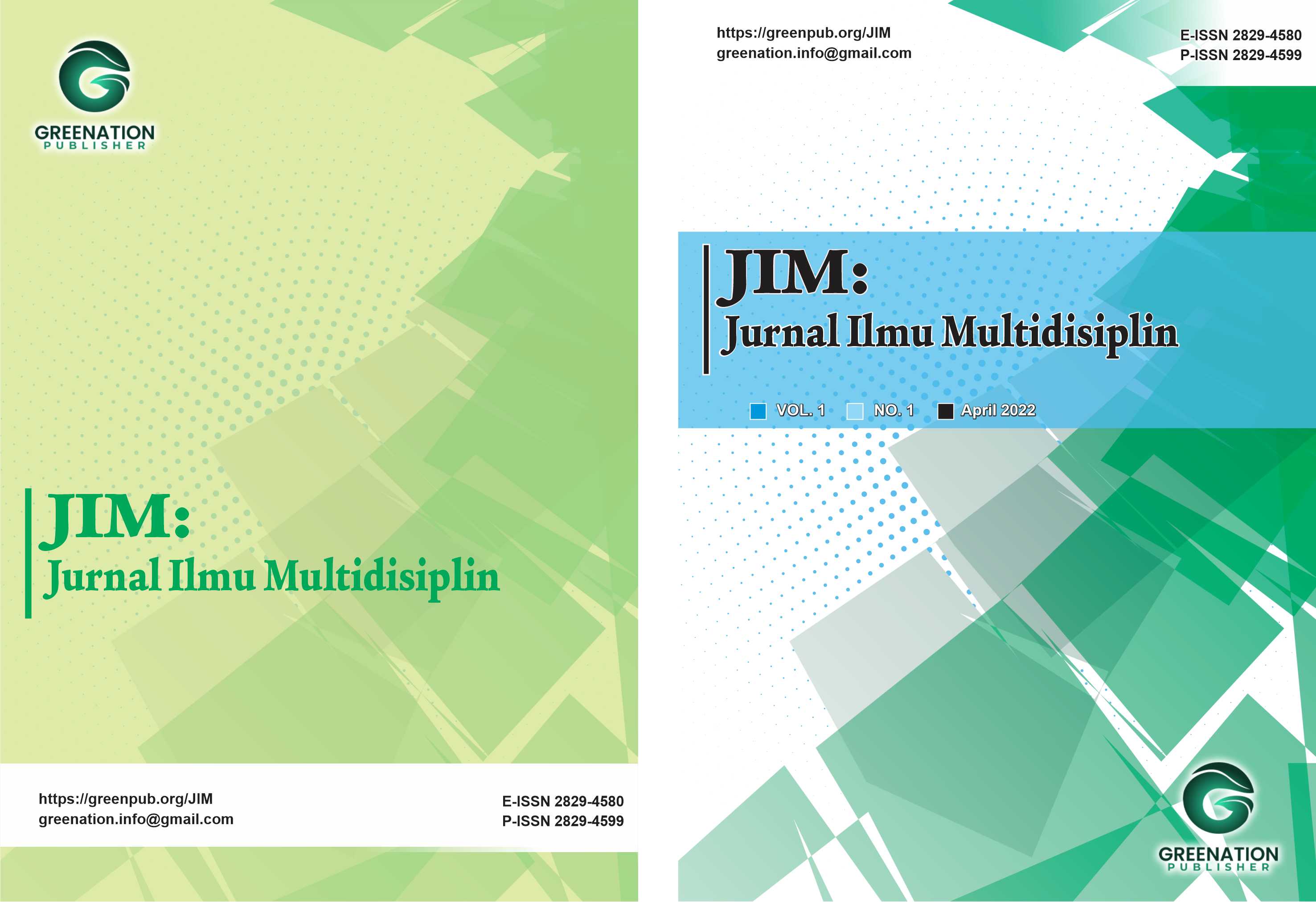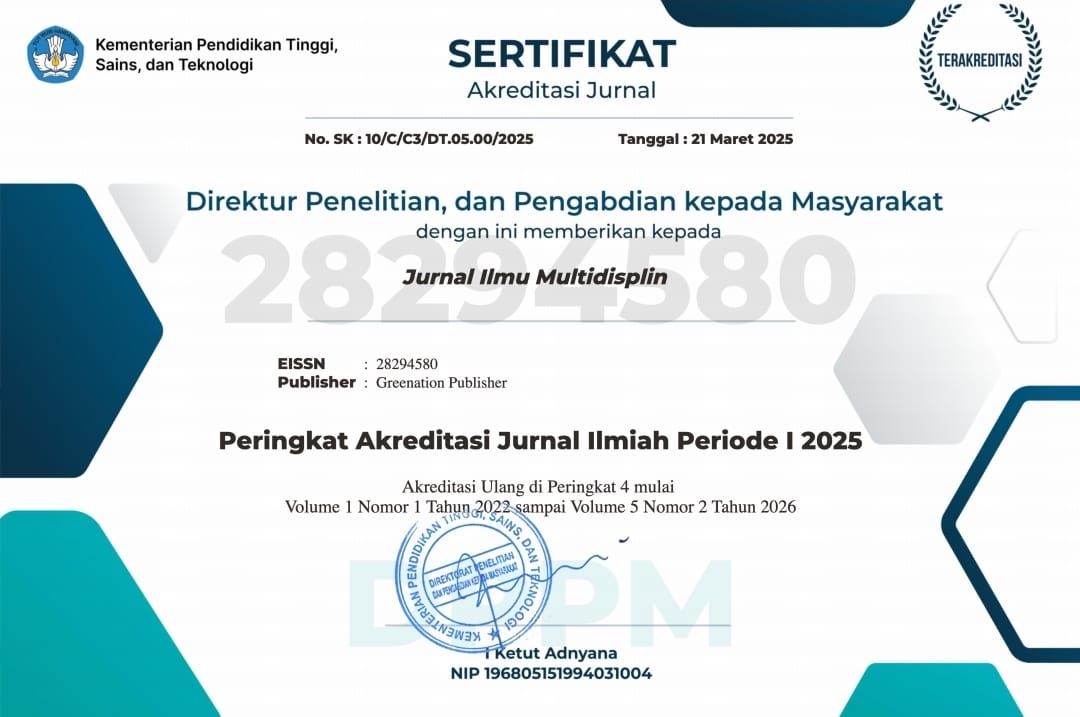Relasi Kekuasaan Politik dan Fragmentasi Kepentingan dalam Jaringan Kebijakan Penurunan Stunting di Kabupaten Agam
DOI:
https://doi.org/10.38035/jim.v4i3.1133Keywords:
jaringan kebijakan, stunting, kekuasaan politik, fragmentasi kepentingan, kolaborasi lintas sektorAbstract
Penelitian ini bertujuan untuk menganalisis bagaimana relasi kekuasaan politik dan fragmentasi kepentingan memengaruhi dinamika jaringan kebijakan penurunan stunting di Kabupaten Agam. Dengan menggunakan pendekatan kualitatif melalui studi kasus, penelitian ini mengkaji interaksi antar aktor formal dan nonformal dalam implementasi kebijakan berdasarkan tujuh dimensi jaringan kebijakan dari Frans van Waarden (1992), dengan fokus pada dimensi hubungan kekuasaan dan kepentingan. Hasil penelitian menunjukkan bahwa relasi kekuasaan yang bersifat sentralistik dan dominasi aktor struktural, seperti Sekretaris Daerah, telah menghambat kolaborasi horizontal dan inisiatif aktor lokal. Selain itu, fragmentasi kepentingan antar OPD serta lemahnya koordinasi lintas sektor menyebabkan kebijakan berjalan secara sektoral dan tidak terintegrasi. Ketimpangan akses informasi, dominasi keputusan dari pusat jaringan, serta minimnya akuntabilitas kolektif memperlemah efektivitas kebijakan. Penelitian ini berkontribusi dalam memperluas pemahaman tentang teori jaringan kebijakan dalam konteks isu kesehatan publik, sekaligus menyarankan pentingnya reformulasi struktur koordinasi, penguatan peran aktor lokal, dan penerapan pendekatan multilevel governance dalam menghadapi isu kompleks seperti stunting.
References
Ansell, C., & Gash, A. (2008). Collaborative governance in theory and practice. Journal of Public Administration Research and Theory, 18(4), 543–571. https://doi.org/10.1093/jopart/mum032
Braun, V., & Clarke, V. (2006). Using thematic analysis in psychology. Qualitative Research in Psychology, 3(2), 77–101. https://doi.org/10.1191/1478088706qp063oa
Creswell, J. W. (2013). Qualitative inquiry and research design: Choosing among five approaches (3rd ed.). Sage Publications.
Crosby, B. C., & Bryson, J. M. (2010). Integrative leadership and the creation and maintenance of cross-sector collaborations. The Leadership Quarterly, 21(2), 211–230.
Hajer, M. A., & Wagenaar, H. (Eds.). (2003). Deliberative policy analysis: Understanding governance in the network society. Cambridge University Press.
Head, B. W. (2008). Wicked problems in public policy. Public Policy, 3(2), 101–118.
Howlett, M., Ramesh, M., & Perl, A. (2009). Studying public policy: Policy cycles and policy subsystems (3rd ed.). Oxford University Press.
Klijn, E. H. (1996). Analyzing and managing policy processes in complex networks. Administration & Society, 28(1), 90–119.
Klijn, E. H., & Koppenjan, J. (2000). Public management and policy networks: Foundations of a network approach to governance. Public Management, 2(1), 135–158.
Koppenjan, J. F. M., & Klijn, E. H. (2004). Managing uncertainties in networks: A network approach to problem solving and decision making. Routledge.
Miles, M. B., & Huberman, A. M. (1994). Qualitative data analysis: An expanded sourcebook (2nd ed.). Sage Publications.
Ostrom, E. (2010). Beyond markets and states: Polycentric governance of complex economic systems. American Economic Review, 100(3), 641–672.
Patton, M. Q. (1990). Qualitative evaluation and research methods (2nd ed.). Sage Publications.
Peters, B. G. (2015). Advanced introduction to public policy. Edward Elgar Publishing.
Pierre, J., & Peters, B. G. (2000). Governance, politics and the state. Macmillan International Higher Education.
Rhodes, R. A. W. (1997). Understanding governance: Policy networks, governance, reflexivity and accountability. Open University Press.
Schneider, M., Teske, P., & Mintrom, M. (1995). Public entrepreneurs: Agents for change in American government. Princeton University Press.
Van Buuren, A., & Edelenbos, J. (2004). Why is joint knowledge production such a problem? Science and Public Policy, 31(4), 289–299.
Van Waarden, F. (1992). Dimensions and types of policy networks. European Journal of Political Research, 21(1–2), 29–52.
Yin, R. K. (2014). Case study research: Design and methods (5th ed.). Sage Publications.
Downloads
Published
How to Cite
Issue
Section
License
Copyright (c) 2025 Edo Syahputra Jamal, Asrinaldi Asril, Roni Ekha Putera

This work is licensed under a Creative Commons Attribution 4.0 International License.
You are free to:
- Share— copy and redistribute the material in any medium or format
- Adapt— remix, transform, and build upon the material for any purpose, even commercially.
The licensor cannot revoke these freedoms as long as you follow the license terms.
Under the following terms:
- Attribution— You must give appropriate credit, provide a link to the license, and indicate if changes were made. You may do so in any reasonable manner, but not in any way that suggests the licensor endorses you or your use.
- No additional restrictions— You may not apply legal terms or technological measures that legally restrict others from doing anything the license permits.
Notices:
- You do not have to comply with the license for elements of the material in the public domain or where your use is permitted by an applicable exception or limitation.
- No warranties are given. The license may not give you all of the permissions necessary for your intended use. For example, other rights such as publicity, privacy, or moral rightsmay limit how you use the material.




























